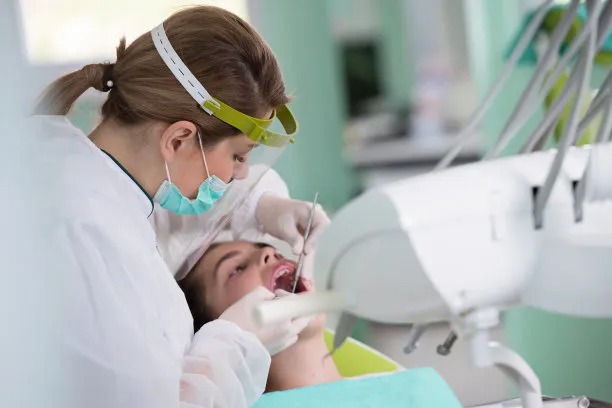The Essential Guide to Extracting a Tooth Safely and Effectively with Expert Tips and Aftercare for a Smooth Recovery
Summary: Extracting a tooth can be a daunting experience, whether performed by a dentist or attempted at home. This essential guide details the safe and effective methods for tooth extraction, includes expert tips for both preparation and the procedure, and offers comprehensive aftercare instructions to ensure a smooth recovery. Emphasizing the importance of proper techniques and post-extraction care, this article is designed to provide readers with vital knowledge to navigate tooth extractions confidently, minimizing discomfort and complications.
1. Understanding When Tooth Extraction is Necessary

Tooth extraction may sometimes be the best solution for severe dental issues, such as decay or overcrowding. Knowing when to seek extraction can prevent further complications and ensure better dental health. Common reasons for extraction include a severely decayed tooth that cannot be saved, impacted wisdom teeth, or teeth that are causing misalignment issues.
An essential first step is to consult a dental professional who can evaluate the condition of your teeth. This evaluation might involve X-rays and a thorough examination. Dentists can recommend the best course of action, considering both extraction and alternatives like root canals. Understanding your options can empower you to make informed decisions.
If extraction is deemed necessary, the dentist will explain the procedure and what to expect. This dialog is crucial in alleviating any anxiety and preparing you mentally for the upcoming process. Having all questions answered opens a path to feeling more relaxed and in control.
2. Preparation for a Safe Tooth Extraction
Proper preparation is foundational for a safe and effective tooth extraction. First, gather essential information about your medical history, including any medications you are currently taking. This information is vital for your dentist, as certain medications can affect anesthesia and bleeding during the procedure.
Additionally, following your dentists pre-extraction instructions is crucial. For some patients, this includes fasting for a certain period if sedation is employed. Staying hydrated and avoiding smoking or consuming alcohol prior to the procedure helps ensure a smoother process and recovery.
Finally, consider arranging for someone to accompany you to your appointment, especially if sedation will be used. This support system will help ease your anxiety and ensure you have help getting home safely. Preparation reduces stress and contributes significantly to the overall experience.
3. Expert Tips for a Smooth Extraction Process
During the extraction process, adhering to expert tips can significantly enhance safety and effectiveness. First, make sure to communicate openly with your dentist. Notify them of any discomfort you feel during the procedure so adjustments can be made, ensuring that you remain as comfortable as possible.
Utilizing proper anesthesia is another crucial aspect. Local anesthesia is commonly used, but discussing the possibility of sedation options can further alleviate fear and distress. Ensure you understand the effects of any anesthesia used and the alternatives available to you.
Lastly, trust the professional. Dentists are trained to handle tooth extractions efficiently and with precision. By allowing them to guide you through the procedure while following through with expert recommendations, you can significantly decrease the chance of complications.
4. Aftercare Instructions for Smooth Recovery
Post-extraction care is essential for a quick recovery. After the procedure, pay attention to any bleeding. Bite down gently on the provided gauze pad for about 30-45 minutes to help stop the bleeding. If the bleeding continues, do not hesitate to contact your dentist for further guidance.
Managing pain effectively is another aspect of aftercare. Over-the-counter medications or medications prescribed by your dentist can help control discomfort. It’s essential to follow your dentist’s recommendations regarding pain management to prevent excessive pain from developing.
Finally, monitor your diet after the extraction. Soft foods are recommended to avoid irritation to the extraction site. Drinking plenty of fluids and maintaining oral hygiene, but avoiding vigorous rinsing, will contribute to a smooth recovery process and promote healing. Proper aftercare minimizes complications and aids in quicker recovery.
Summary: The process of extracting a tooth, if handled with care and knowledge, can be straightforward. Recognizing when extraction is necessary, preparing adequately, following expert tips during the procedure, and adhering to aftercare instructions all contribute significantly to minimizing stress and enhancing recovery. By prioritizing these steps, individuals can navigate the tooth extraction process more effectively and comfortably.
This article is compiled by Vickong Dental and the content is for reference only.



